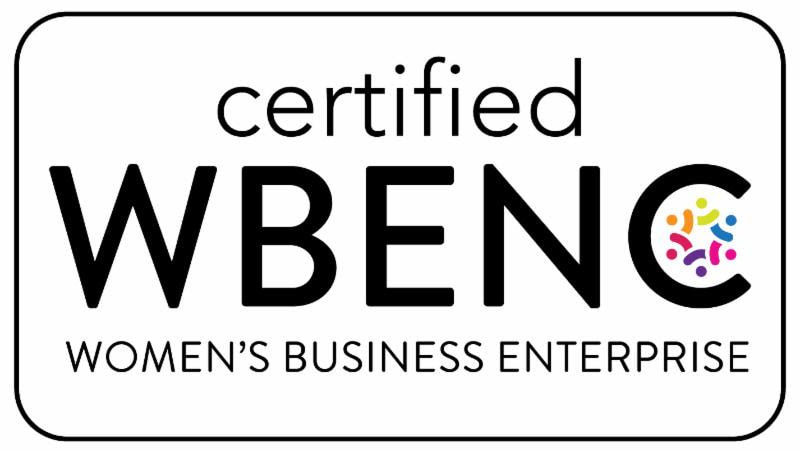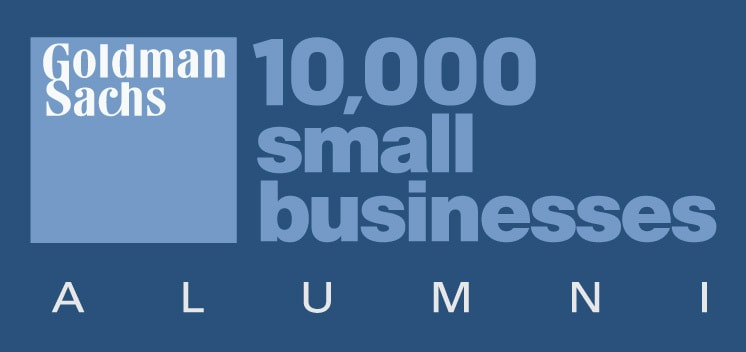|
As we enter summer, things in the U.S. are changing rapidly and customer priorities are shifting, too. Although it might not be top of mind at the moment, now is the perfect time to refresh your brand messaging strategy and de-pandemic your digital marketing.
While it’s important to continue to communicate up-to-date safety information, now is the time to de-pandemic your digital messaging and website so customers feel ready to connect with you face-to-face. Here's why... Under normal circumstances there are very few times in a person’s life when they’re open to changing brand loyalty: New parents transitioning from life without kids are typically the most open to changing their brand loyalty and shopping habits. But in recent months, demand for certain products (like hand sanitizer and toilet paper) surged, leaving some household name brands missing from the grocery shelves. Things aren’t exactly normal right now. And brands who have made even modest efforts to adapt and communicate during these unprecedented times have a unique opportunity to shift customer shopping habits—building brand loyalty that will likely pay off for years to come.
Responding to Faith Community Needs: 3 Easy Strategies For Using a Temple or Church Survey5/13/2020
Some faith communities who offer online services and programs have reported an increase in viewership and participation in online programming since “stay at home” orders were put in place. In times of crisis, people often naturally turn to faith communities for comfort, strength, and hope.
But along the convenience of watching a service online comes the threat that members are also “shopping around.” Maybe they’re virtually visiting their hometown church or temple. But they may also be taking some time to experience other communities in your area to see what’s the best fit for their, or their families’, needs. While you shouldn’t panic, this presents an opportunity to reflect on how well you’re meeting your congregants’ needs and gather feedback from them using a temple or church survey.
'Tis the season for event planning, but how do you plan an event when donors are sheltering in place? Crossroads Fund is a public foundation that supports nonprofits and groups in the Chicagoland area working on social, economic and racial justice.
The transformation of their popular annual "Seeds of Change" spring gala into a vibrant online celebration--complete with DJs and awards--offers a great example of how to pivot from a traditional offering to an online format that is still full of celebration (and still meets fundraising goals). Here are our 5 top tips for moving events online. Faith communities can play an important role in troubling times and both video streaming technology and social media are playing an important role in helping people stay connected.
This week, I’ve been impressed about how my own community, First Unitarian Society of Madison, WI adapted quickly to not only do collaborative “streaming” services with other Madison-area UUs, but to also offer meditation groups via Zoom, bedtime stories, parent check-ins, singing, “knit ins”, children’s music time and spiritual education, virtual campus ministry, and even virtual coffee hours. |







 RSS Feed
RSS Feed




